USA TODAY bestselling author Lucinda Berry is a former psychologist and leading researcher in childhood trauma. She’s written multiple bestsellers reaching millions of readers worldwide. Some of her bestselling works include The Perfect Child, Saving Noah, When She Returned, The Best of Friends, and Keep Your Friends Close. Her books have been optioned for film and translated into several languages. If Berry isn’t chasing after her son, you can find her running through Los Angeles, prepping for her next marathon. To hear about her upcoming releases and other author news, visit her on social media (@LucindaBerryAuthor) or sign up for her newsletter online.
Tell us about This Is a Safe Space. What was the inspiration?
A couple of things inspired This Is a Safe Space. The first came right after a call with a friend who had gone through her partner’s phone and found questionable texts that suggested she was cheating. I was struck by how common that experience is. Not just the snooping, but the messy aftermath of what you do with what you find. We live in a world where everyone is basically carrying around their own personal diary in their pocket—who they talk to, what they like, the music they listen to, etc. The temptation to look is often too strong to resist. I wanted to explore a character who struggles with those boundary violations, especially given her own history. And of course, once Jenna looks, she finds something she wishes she hadn’t.
The second factor was the audio format itself. I wanted to create a story that felt thrilling to hear. That’s where the idea of weaving in therapy sessions and text messages came from because they’re inherently intimate almost voyeuristic, and they lend themselves perfectly to an audio-first experience.
How did you approach balancing Jenna’s professional ethics as a therapist with her personal stakes?
This was the delicate balancing act throughout the entire book. One of the reasons Jenna works so hard to uncover the connection is because she’s always secretly hoping that her two worlds haven’t collided. She doesn’t want to step into this grey area if she doesn’t have to. Unfortunately, it’s unavoidable the more she digs into what happened. The threat to her family is too high.
The story deals with betrayal trauma, what makes this such an emotionally gripping story element?
Betrayal trauma is so emotionally devastating because it destabilizes the core foundation of intimacy and trust in people. Our parents are supposed to be our safe space, so when that trust is violated by them, it shakes your entire sense of safety and identity. The effects linger, effecting how you see yourself and how you approach every relationship that follows. That’s what makes it so powerful to write about, and so relatable to read. For Jenna, it’s at the core of who she is. Her mistrust and boundary violations stem from that place of early betrayal by her father spilling into her relationship with her husband. Readers feel that right alongside her because most of us know what it’s like to discover that someone we love isn’t who we thought they were.
As a former psychologist, you know the real-world weight of confidentiality and ethical dilemmas. How much did that background influence Jenna’s decisions?
My background in psychology definitely shaped Jenna’s choices. The first thing you talk about in any ethics course in graduate school is what to do if you discover a personal connection with someone you or a family member knows. It’s called a dual relationship and so many discussions center on this complicated issue. There’s never a simple answer.
How do you write differently when you know a book will be audio-first?
This is the second book I’ve written that was released as an audio-first thriller and I took everything that I’d learned from the writing and production of the first one, and applied it to this one. I paid careful attention to the therapy sessions between Jenna and Kaitlyn. I wanted listeners to feel like they were getting an inside look into someone else’s inner work.
I also thought a lot about how different voices could be used to shape the pacing and heighten the suspense. You can hear that most clearly in the text message exchanges between Bodie and Colten. They’re quick, tense, and designed to make you lean in. To get it right, I read every line of dialogue out loud while I was writing, which isn’t something I normally do. It helped me make sure the rhythm and tension worked.
Do you have other therapy-centered books you love?
I love when thrillers dive into therapy and the darker corners of psychology. Alice Feeney’s Sometimes I Lie is a standout for me because it blurs memory, truth, and the therapeutic process in such an unsettling way.

Buy the book now: Bookshop.org | Amazon | Barnes & Noble
I also like how Lisa Unger pulls therapy into the heart of the suspense in Confessions on the 7:45.
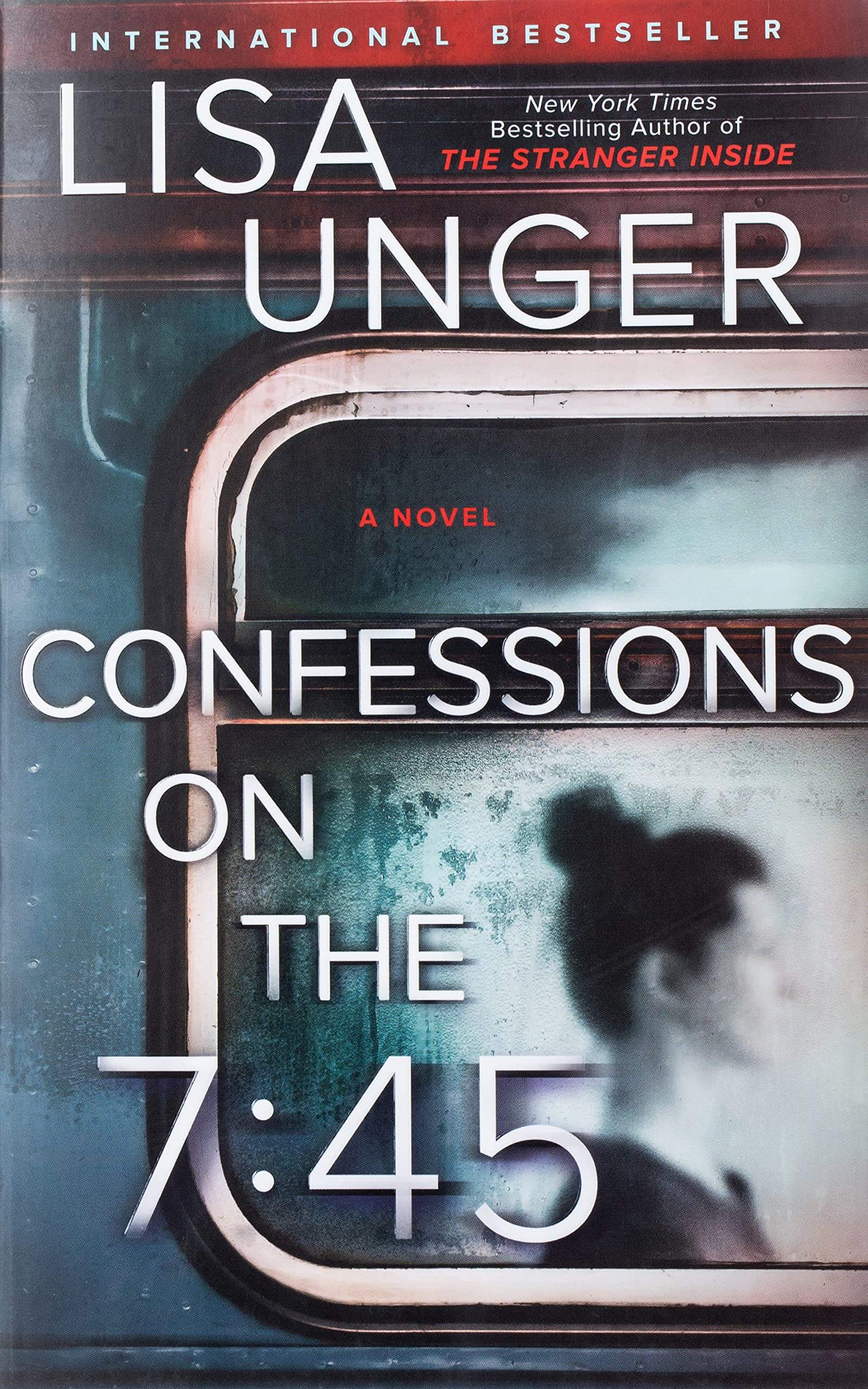
Buy the book now: Bookshop.org | Amazon | Barnes & Noble
Which character in this book was the most fun to write, and which was the most challenging?
The most fun character to write was Lexus Chardonnay, which is Kaitlyn’s stage name. She was fascinating because she’s living two very different lives—she’s a medical student during the day and works nights as an adult entertainer to pay her tuition and survive.
That contrast gave me so much to play with because she’s smart, resourceful, and vulnerable all at once. I love writing a character who refuses to fit neatly into one box and is super complex.
The most challenging was Bodie. He’s reckless, entitled, and makes choices that hurt everyone around him. Qualities I definitely don’t enjoy but they were necessary to make the story work. He’s one of those characters who forces tension onto the page even if you don’t like him.
What are you currently reading?
I just started Clemence Michallon’s The Quiet Tenant and I’m LOVING it so far.

Buy the book now: Bookshop.org | Amazon | Barnes & Noble
What are you currently watching?
Animal Kingdom
What are you currently listening to?
The Locked Ward by Sarah Pekkanen
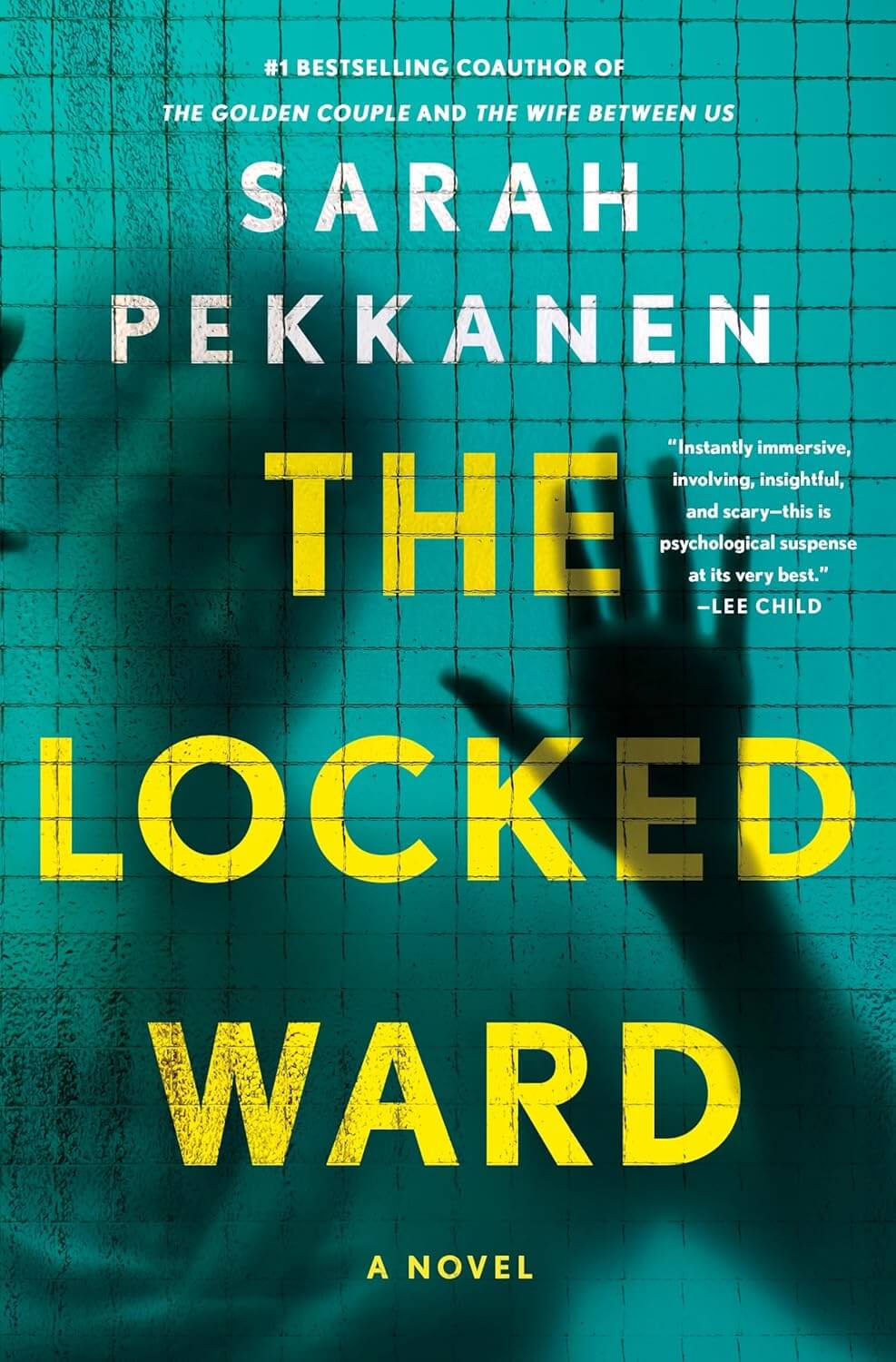
Buy the book now: Bookshop.org | Amazon | Barnes & Noble
What is your favorite fall reading setting?
As soon as September hits, I immediately shift from the beach to the mountains. During the fall and leading into the winter months, I love nothing more than sitting in front of a cackling fireplace in a cabin tucked away somewhere reading a book.
What are you working on next?
Currently, I’m working on Her First Lie. It’s the prequel to my international bestseller The Perfect Child.
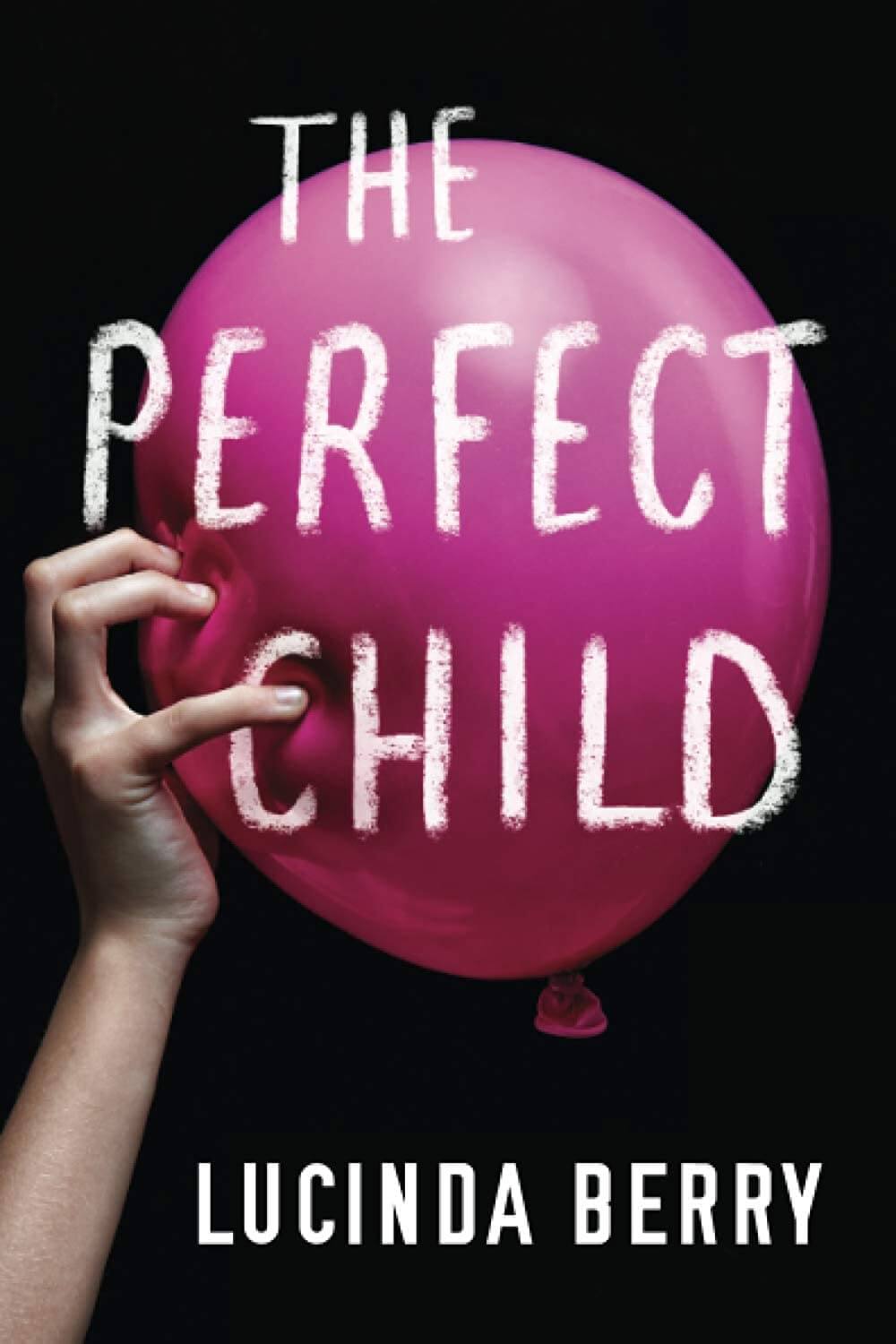
Buy the book now: Bookshop.org | Amazon | Barnes & Noble
I’m having the best time writing it because I’m able to revisit one of my most well-known sociopathic child characters, Janie. It describes the events leading up to her abandonment in a Walmart parking lot prior to being adopted. It digs even further into answering my favorite question—can a child be born bad?
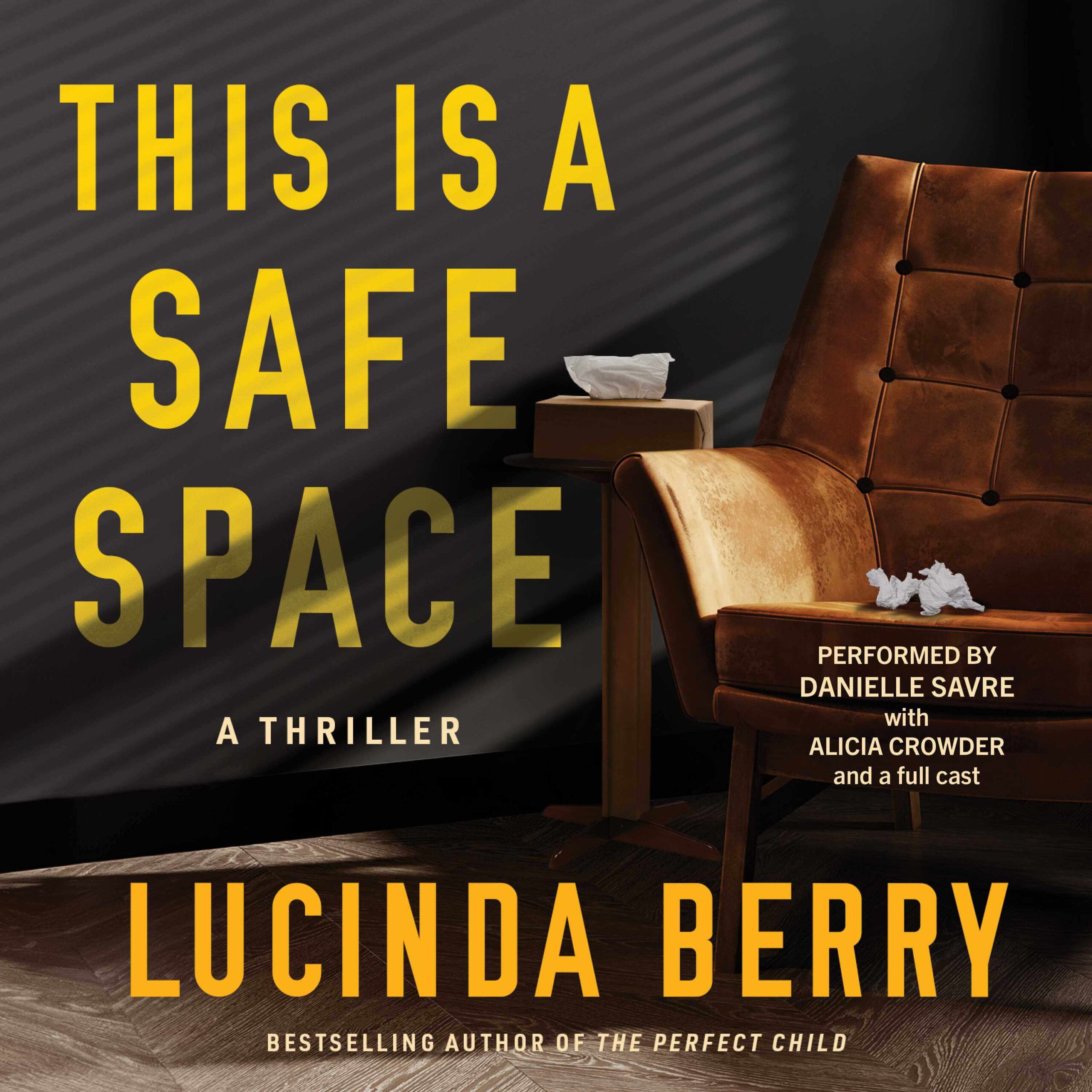
This Is a Safe Space by Lucinda Berry
In this audio thriller a therapist is forced to walk a delicate line when her professional life and her personal life overlap. After snooping through her husband’s phone, she discovers that he and his cousin are in some trouble after attending a bachelor party. A dancer claims a sexual line was crossed and threatens to expose a deep secret. But Jenna recognizes the stage name, it’s one of her patients who hasn’t returned to sessions. Now, Jenna is digging to find the truth, while putting herself in a dangerous position.
Buy the book now: Bookshop.org | Amazon | Barnes & Noble
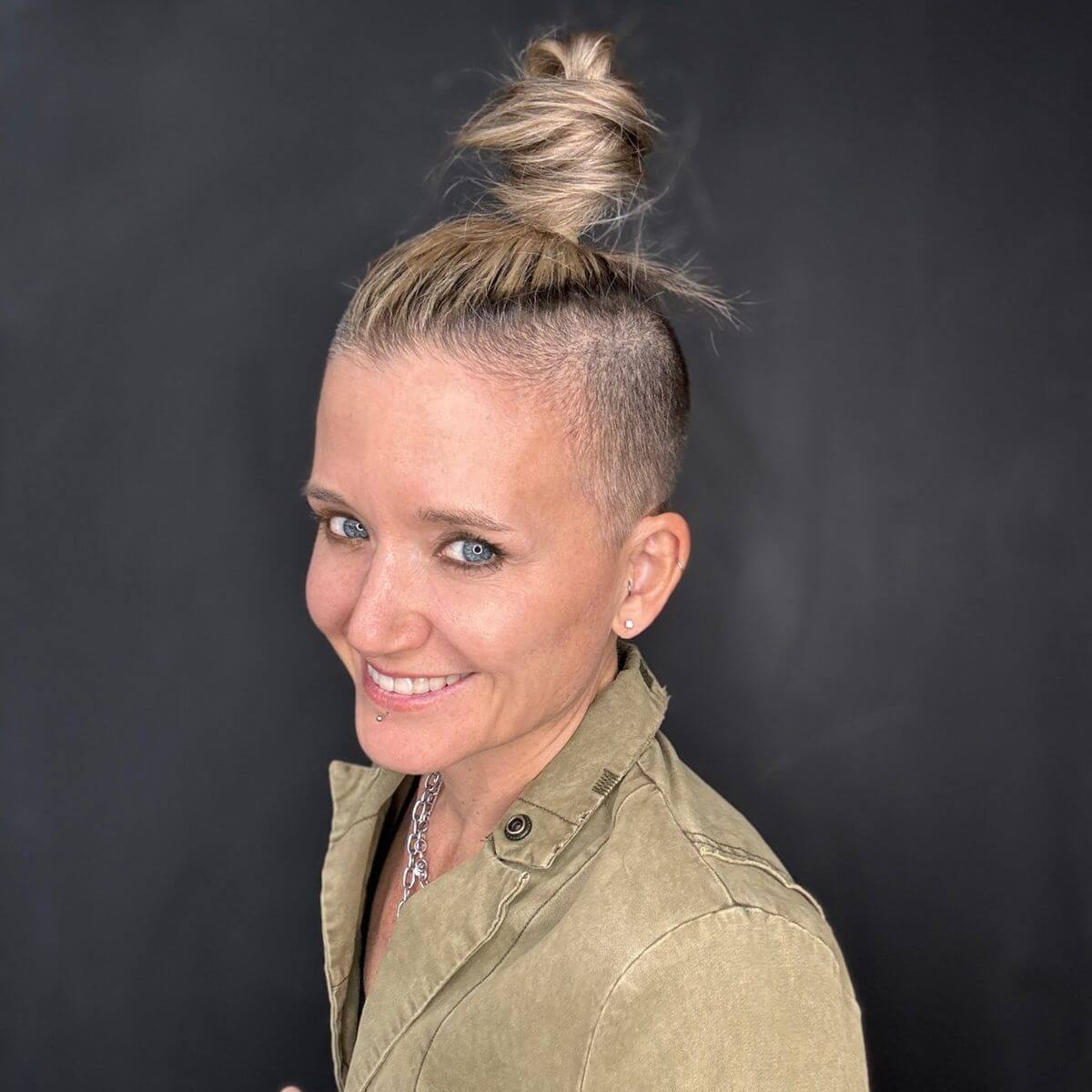
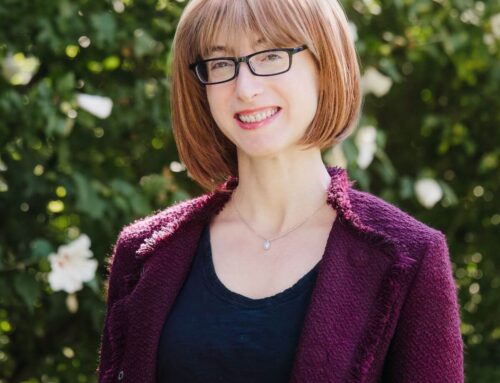
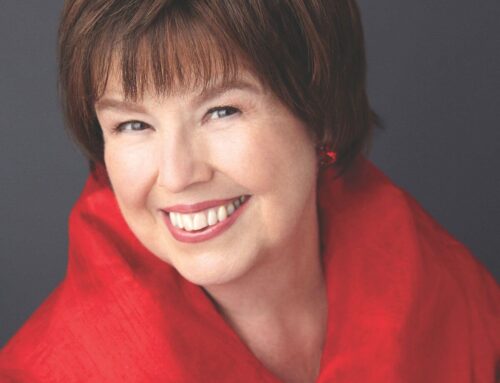
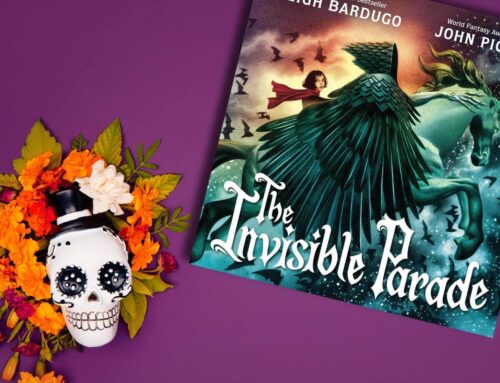
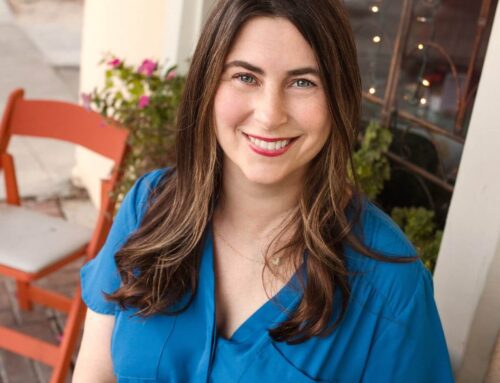
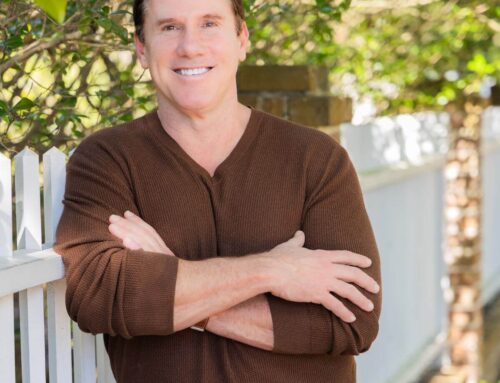
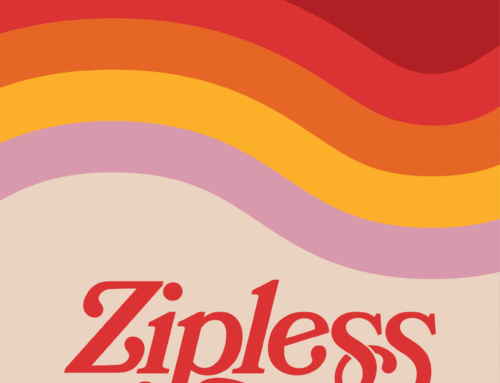
Leave A Comment